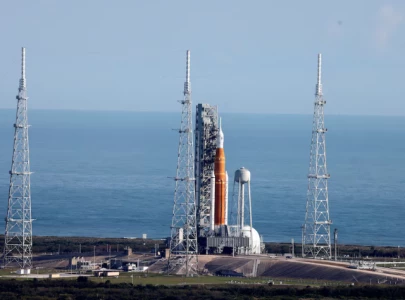

NASA's Artemis program, initially designed to return astronauts to the moon, is facing mounting criticism due to spiraling costs and persistent delays.
With nearly $100 billion spent since its inception, the program has yet to send any crew into space. Critics, including fiscal watchdogs and some space enthusiasts, argue the project has become a financial boondoggle, overshadowing other scientific missions.
At the core of the issue is the Space Launch System (SLS), the rocket NASA is developing for Artemis.
The SLS has already cost $23.8 billion, and the agency’s inspector general warns that each launch could exceed $4 billion—far more than private-sector alternatives like SpaceX.
Moreover, the SLS cannot directly land astronauts on the lunar surface. Instead, it will place the Orion spacecraft in orbit, from where astronauts must transfer to a lunar lander to complete the mission.
The Orion spacecraft itself, with a reported $20 billion budget, has encountered technical setbacks, including a faulty heat shield.
Additionally, the Gateway space station, meant to support future lunar missions, has raised further concerns due to its $5 billion cost and unclear role.
With costs climbing and no clear timeline for completion, critics argue that NASA's reliance on Artemis has led to cuts in other promising programs, such as the Veritas mission to Venus and the NEO Surveyor telescope. Proponents of space exploration are calling for the next US president to reassess Artemis, questioning whether private companies like SpaceX could achieve lunar missions more efficiently.
As the budget grows, the question of accountability looms, with many wondering if the US should redirect its space efforts toward more scientific ventures, rather than costly human missions.